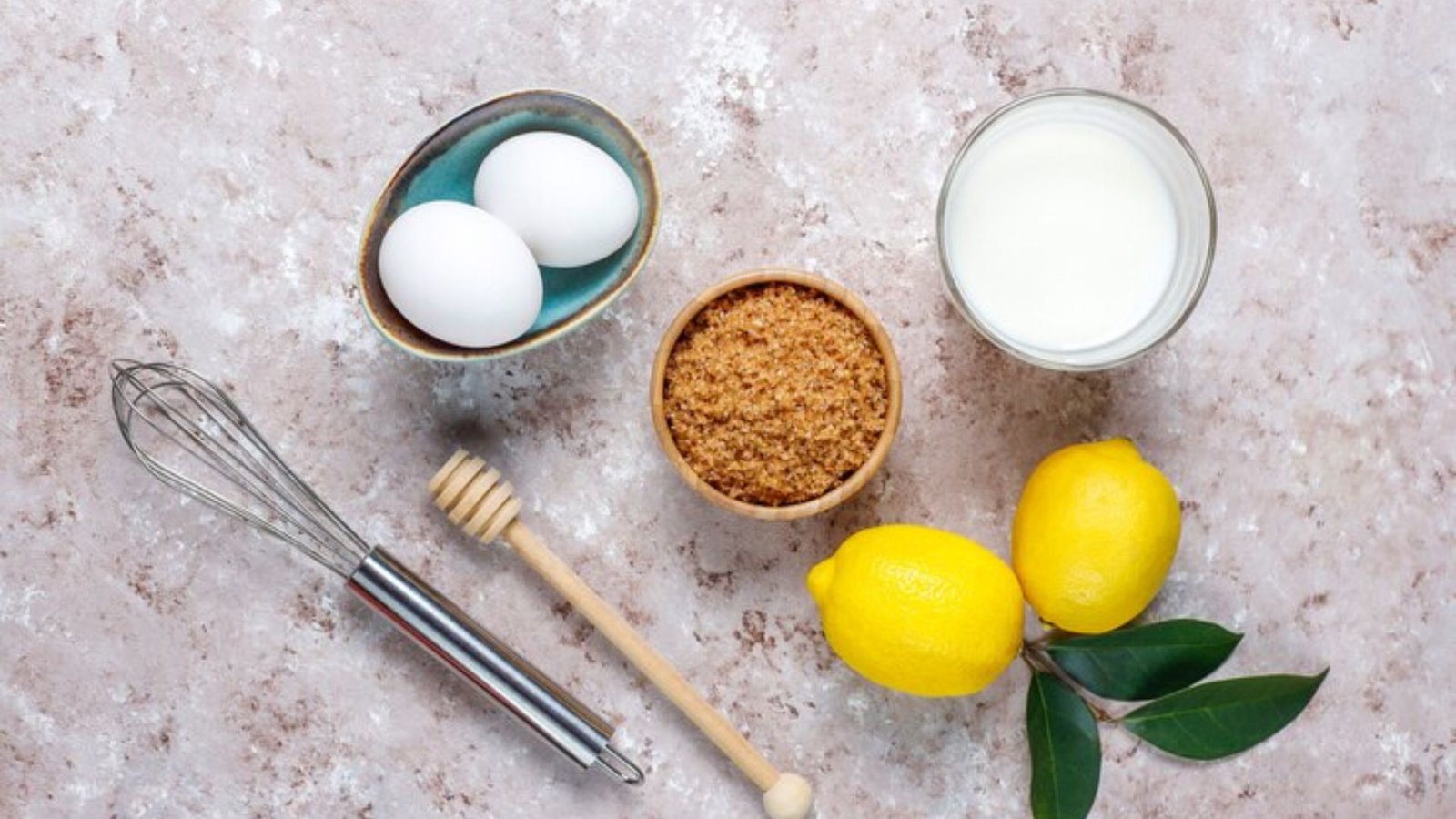Baking Soda vs. Cornstarch When it comes to cooking and baking, two pantry staples that often spark confusion are baking soda and cornstarch. While they may seem similar at first glance, they serve very different purposes in the kitchen. This article will explore the key differences between baking soda and cornstarch, their various applications, and how to choose the right one for your culinary needs.
What is Baking Soda?
Definition and Composition
Baking soda, scientifically known as sodium bicarbonate, is a white crystalline powder that acts as a leavening agent. It is alkaline and requires an acid to activate its leavening properties. Common acids used in recipes include vinegar, lemon juice, and buttermilk.
How Baking Soda Works
When baking soda is combined with an acid, it produces carbon dioxide gas, which causes doughs and batters to rise. This reaction is crucial for creating light and fluffy baked goods like cakes, muffins, and cookies.
Best Uses of Baking Soda
Leavening Agent: Essential for baked goods that need to rise.
Browning Agent: Helps achieve a golden-brown color in baked items.
pH Regulation: Can be used to balance acidity in recipes.
Cleaning Agent: A versatile ingredient for household cleaning.
What is Cornstarch?
Definition and Composition
Cornstarch is a fine, powdery substance made from the endosperm of corn kernels. It is primarily composed of carbohydrates and is gluten-free, making it a popular thickening agent in various recipes.
How Cornstarch Works
Cornstarch thickens mixtures when heated. When it is combined with a liquid, it forms a gel-like consistency as it cooks. This property makes it ideal for sauces, soups, and desserts.
Best Uses of Cornstarch
Thickening Agent: Commonly used in gravies, sauces, and puddings.
Coating Agent: Provides a crisp texture to fried foods.
Stabilizer: Helps stabilize mixtures, preventing separation.
Anti-Caking Agent: Used in powdered sugar and spices to prevent clumping.
Key Differences Between Baking Soda and Cornstarch
Chemical Composition
The primary difference lies in their chemical structure. Baking soda is a basic compound, while cornstarch is a carbohydrate. This difference affects their roles in cooking and baking.
Purpose in Cooking
Baking Soda: Primarily used as a leavening agent.
Cornstarch: Used mainly as a thickening agent.
Reaction with Other Ingredients
Baking soda requires an acid to activate, while cornstarch needs heat and moisture to thicken. This distinction is crucial when substituting one for the other, as the results can vary significantly.
Texture and Consistency
Baking soda contributes to a light and airy texture in baked goods, while cornstarch creates a smooth and thick consistency in sauces and gravies.
Choosing the Right Ingredient for Your Recipe
When to Use Baking Soda
Baking Needs: Use in recipes that require rising, such as cakes, cookies, and pancakes.
Acidic Ingredients: If your recipe includes acidic components (like yogurt or vinegar), baking soda is the right choice.
When to Use Cornstarch
Thickening Needs: Use in soups, sauces, and puddings that require a thicker consistency.
Gluten-Free Cooking: Ideal for gluten-free recipes, providing a thickening option without gluten.
Substitutions and Alternatives
Can You Substitute Baking Soda for Cornstarch?: Not recommended, as their functions are entirely different.
Can You Substitute Cornstarch for Baking Soda?: Also not advisable, as it won’t provide the necessary leavening.
Recipes Featuring Baking Soda
Classic Chocolate Chip Cookies
Ingredients:
2 1/4 cups all-purpose flour
1/2 teaspoon baking soda
1 cup unsalted butter, softened
3/4 cup sugar
3/4 cup brown sugar
1 teaspoon vanilla extract
2 large eggs
2 cups chocolate chips
Instructions:
Preheat your oven to 350°F (175°C).
In a bowl, combine flour and baking soda; set aside.
In another bowl, cream together butter, sugar, and brown sugar until smooth.
Beat in eggs one at a time, then stir in vanilla.
Gradually mix in the dry ingredients, then fold in chocolate chips.
Drop by spoonfuls onto a baking sheet and bake for 9-11 minutes.
Recipes Featuring Cornstarch
Creamy Mushroom Sauce
Ingredients:
1 cup mushrooms, sliced
2 tablespoons cornstarch
1 cup vegetable broth
1/2 cup cream
Salt and pepper to taste
Instructions:
In a skillet, sauté mushrooms until soft.
In a separate bowl, mix cornstarch with vegetable broth until smooth.
Add the mixture to the skillet and bring to a simmer.
Stir in cream, salt, and pepper, cooking until thickened.
Conclusion
Baking soda and cornstarch are essential ingredients in the kitchen, each serving unique and important roles. Understanding their differences can help you achieve better results in your cooking and baking endeavors. Whether you’re creating fluffy baked goods with baking soda or thickening a delicious sauce with cornstarch, knowing when and how to use these ingredients will elevate your culinary skills.
ALSO READ:Discover The Ultimate Guide To Percebes: A Seafood Delicacy
FAQs
Can I use baking soda instead of cornstarch for thickening?
No, baking soda and cornstarch serve different purposes. Baking soda is a leavening agent, while cornstarch is used for thickening.
What happens if I use too much baking soda in a recipe?
Using too much baking soda can result in a bitter taste and a soapy texture in your baked goods. It’s essential to measure carefully.
Is cornstarch gluten-free?
Yes, cornstarch is gluten-free and is often used as a thickening agent in gluten-free recipes.
Can baking soda and cornstarch be used together?
Yes, they can be used together in recipes that require both leavening and thickening, such as certain cake batters.
How should I store baking soda and cornstarch?
Both should be stored in a cool, dry place in an airtight container to maintain their effectiveness.

